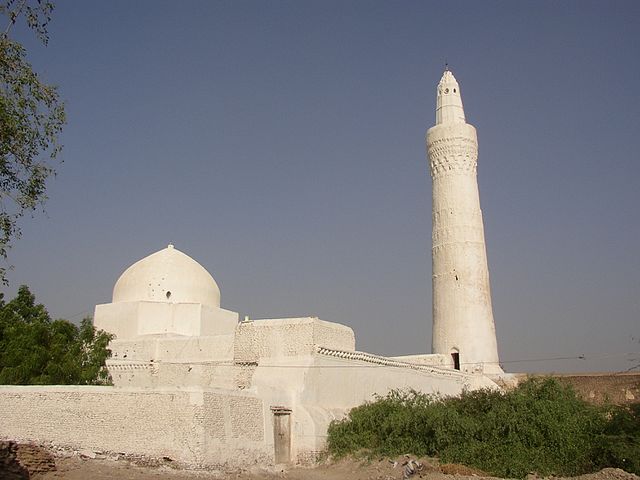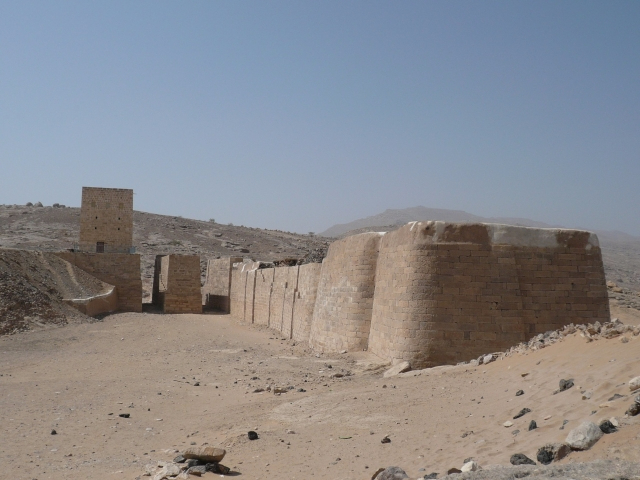Yemen, a country located at the southwestern tip of the Arabian Peninsula, holds a unique and intriguing position on the globe. Its geographical location has profound effects on its climate and biodiversity, creating a landscape that is both diverse and complex. This blog post explores how Yemen’s location influences its climate patterns and the rich tapestry of life that thrives in this region.
Yemen’s Geographic Position
Yemen is bordered by Saudi Arabia to the north, Oman to the east, the Red Sea to the west, and the Arabian Sea to the south. This strategic position places Yemen at the crossroads of various climatic influences. The Red Sea, with its warm waters, and the Arabian Sea, with its slightly cooler temperatures, both play a role in shaping Yemen’s climate. Additionally, the country’s topography, which includes coastal plains, mountain ranges, and highland plateaus, further complicates its climate.
Climate Diversity
Yemen’s climate varies significantly from one region to another due to its diverse topography. The coastal plains experience a hot, arid climate with high temperatures and minimal rainfall. In contrast, the highland areas, particularly in the western part of the country, have a more temperate climate with cooler temperatures and higher precipitation. This variation in climate is critical in shaping the country’s ecosystems and biodiversity.
- Coastal Plains: Arid and Hot
The coastal regions of Yemen, including cities like Aden and Al Hudaydah, are characterized by their arid and hot climate. These areas experience high temperatures throughout the year, with minimal rainfall. The scarcity of water and high temperatures limit the types of vegetation and wildlife that can thrive here. However, some species have adapted to these harsh conditions, such as the Arabian Oryx and various types of desert plants.
- Highlands: Temperate and Moist
Moving inland, Yemen’s highland areas, including the Haraz Mountains and the Yemeni Highlands, present a stark contrast to the coastal regions. These areas benefit from a more temperate climate with higher rainfall. The cooler temperatures and increased precipitation support a variety of vegetation, including lush forests and terraced agriculture. This region is home to many unique plant and animal species that cannot survive in the harsher coastal environments.
- Desert and Semi-Desert Regions
Between the coastal plains and the highlands lie Yemen’s desert and semi-desert regions. These areas experience extreme temperature fluctuations between day and night and have very limited rainfall. Despite these harsh conditions, the desert ecosystems support various forms of life, including hardy plants like acacias and animals adapted to the arid environment.
Biodiversity in Yemen
Yemen’s varied climate and topography contribute to its rich biodiversity. The country is home to a wide range of flora and fauna, some of which are endemic to the region. The unique combination of climatic conditions and geographical features has created several distinct ecological zones, each with its own array of species.
- Flora
Yemen’s plant life is diverse, with different species adapted to the varying climatic conditions. In the highlands, you can find lush forests with trees such as the Dragon’s Blood Tree, which is native to the Socotra Archipelago, a part of Yemen’s territory. This tree gets its name from its red resin, which has been used for centuries in traditional medicine and as a dye. The coastal and desert regions are home to drought-resistant plants like the date palm and various xerophytes that can withstand the extreme conditions.
- Fauna
Yemen’s fauna is equally diverse. The Arabian Oryx, once considered endangered, has found refuge in Yemen’s desert and semi-desert regions. The highlands support a variety of mammals, including the Arabian Leopard, which is critically endangered and found only in small numbers in the mountainous regions. Bird species are also abundant, with Yemen serving as a crucial stopover point for migratory birds traveling between Africa and Asia.
The Socotra Archipelago, in particular, is renowned for its unique biodiversity. Often referred to as the “Galápagos of the Indian Ocean,” Socotra is home to a remarkable array of endemic species, including the Socotra Cormorant and the Socotra Starling. The island’s isolation and unique climatic conditions have led to the evolution of species found nowhere else on Earth. Feel free to visit their webpage to find out where is Yemen located.

Conservation Challenges
Despite its rich biodiversity, Yemen faces significant conservation challenges. The ongoing conflict in the country has led to habitat destruction, poaching, and disruptions to conservation efforts. Additionally, climate change poses a threat to Yemen’s ecosystems, with rising temperatures and changing precipitation patterns potentially altering habitats and affecting species survival.
Efforts to conserve Yemen’s natural heritage are crucial for protecting the country’s unique biodiversity. This includes safeguarding natural habitats, supporting sustainable practices, and promoting awareness about the importance of conservation.
Conclusion
Yemen’s geographical location has a profound impact on its climate and biodiversity. The country’s diverse topography and climate create a complex mosaic of ecosystems, each with its own unique set of species and environmental conditions. From the arid coastal plains to the lush highlands and the unique Socotra Archipelago, Yemen’s natural landscapes are a testament to the intricate relationship between geography and ecology. Understanding and protecting this delicate balance is essential for preserving Yemen’s rich natural heritage for future generations.









